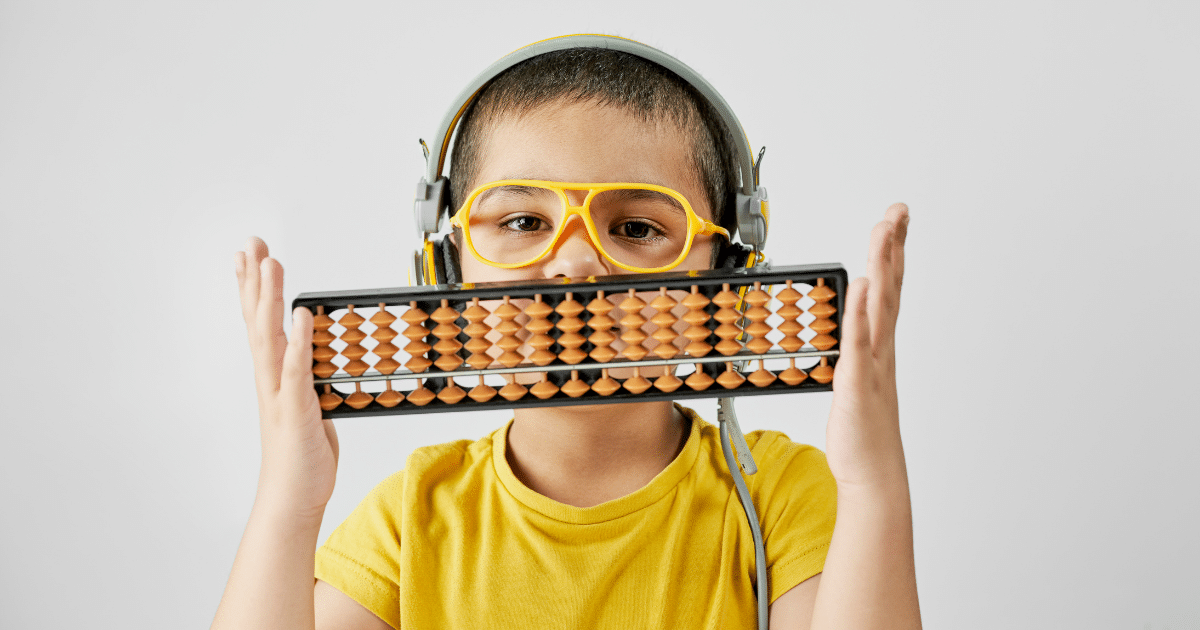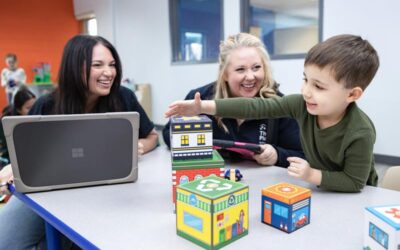There is a large misconception that the main goal of Applied Behavior Analysis (ABA) therapy is to decrease certain behaviors that might be dangerous or interfere with an individual’s ability to participate in the community. Although ABA therapy can certainly help decrease behaviors that are dangerous or harmful, the larger and more significant goal of ABA therapy is to increase skills that will allow an individual to live a more fulfilled life (e.g., increase communication, social, and independent living skills).
In addition to increasing critical skills, ABA therapy strives to capitalize on an individual’s unique strengths and preferences. These preferences are what make an individual authentically themselves and their strengths are what is going to help an autistic person thrive in the real world and be successful.
When a person with autism is able to share their talents with the world, we all benefit.
Let’s take a look at a real-life story. Dr. Lapin, an experienced BCBA, often tells a story about a client that was assigned to her caseload. This client was referred to ABA therapy because she was engaging in elopement behavior. In other words, she would constantly run away from caregivers and teachers and appeared to enjoy sprinting, jumping, and running. This was a “problem” for teachers because during the school day, teachers needed her to participate in activities and attend to her schoolwork. This was a “problem” for her parents who were worried about safety concerns in busy parking lots.
The interesting word here is classifying the behavior as a “problem”. Running, sprinting, and jumping are not behaviors anyone would call problematic. In fact, these are incredible skills and rather than trying to stop or decrease the behavior, behavior analysts can use ABA to modify, shape, and teach when and where it is appropriate.
Through ABA therapy, Dr. Lapin was able to teach this client where and when running was acceptable. Noticing that this child enjoyed running, Dr. Lapin also worked with various school departments and got this child on a track team. This child, who is now an adult, is currently on a full ride scholarship in college for track & field.
If a child is talking about planets all day, let’s set this child up to have a career at NASA. However, to successfully have a job interview at NASA, we also need to teach foundational skills such as eye contact and being able to shift conversations to other interests. If a child loves to spin in circles, let’s prepare this child for a dance career but understand that ABA therapy is going to need to work on building skills such as following instructions and attending to a coach. If a child enjoys animals, let’s certainly help prepare this child for a career at the local zoo. However, ABA therapy is going to be needed to assist this child on completing daily living routines to keep themselves and animals clean.
At The Place for Children with Autism, the goal of ABA therapy is never to change who a child is at their core nor is it to modify their unique preferences or diminish skills. The goal is to work with an individual so they can use these skills in a meaningful and functional way to increase their quality of life.



